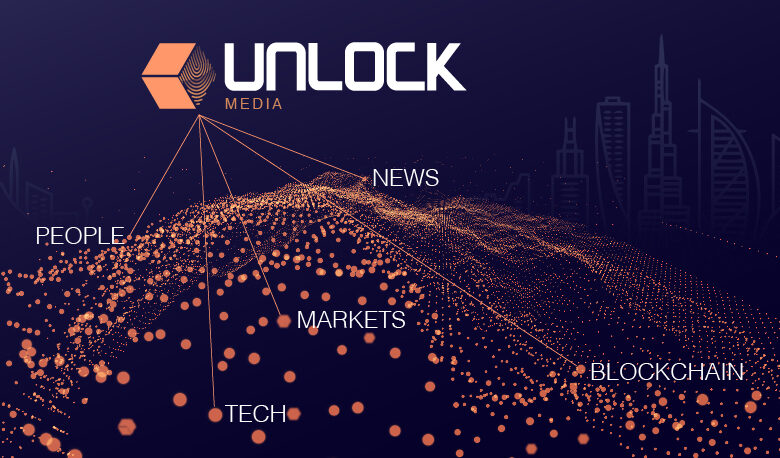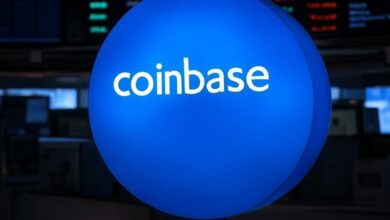How Blockchain Is Threatening to Kill the Traditional Utility

If utilities think rooftop solar panels and batteries are bad for business, blockchain should scare the bejeezus out of them.
That’s because in addition to helping more people slap panels on their rooftops — which eats into power sales and taxes grids — the distributed, digital ledger that’s proliferated across industries can also be used to trade electricity without a utility even knowing it. Imagine your neighbor with a solar panel directly selling you cheap power to charge your Tesla.
Sure, there are some utilities that see the future and are trying to use blockchain to their advantage, but others ignoring it may soon start losing business to new hyper-local energy suppliers with a powerful tool to manage billions of data points cheaper and faster.
“It’s changing the entire infrastructure,” said Jan Vrins, head of Navigant Consulting Inc.’s energy practice. “If utilities don’t embrace it and play a role, they will have a slowly sinking business.”
Managing the Grid
This year, Burlington, Vermont, may become the first municipal utility to use blockchain to get generation assets working together across its grid. The city will use the technology to manage supply and demand in real-time, according to Killian Tobin, chief executive officer of Omega Grid, the blockchain software provider that’s helping Burlington set up its system. Think batteries charging when there’s excess wind power, and businesses automatically drawing down power demand when electricity prices are high.
Efforts like this threaten to take command-and-control duties away from utility engineers and reduce the need for equipment upgrades that electric companies rely on for profits.
“We’re starting with a small utility and some micro-grids, but we want to deploy on an entire grid,” Tobin said.
No More Power Lines?
Germany’s Tennet TSO GmbH is working with battery maker Sonnen GmbH and International Business Machines Corp. to form a virtual transmission line that uses blockchain to store excess power from wind farms in thousands of home batteries in the northern part of the country and unleash power pent up in the south.
Such efforts could eliminate the need for new power lines that utilities depend on for returns.
Trading With Your Neighbor
Trading is the focus of a lot of blockchain pilot projects. Lawrence Orsini, chief executive officer of LO3 Energy, is credited with facilitating the first peer-to-peer energy trade of solar power on a microgrid in Brooklyn, New York, in 2016. The same platform will also be used in Houston to help a group of businesses use their own resources to “micro-hedge” against swings in power prices instead of relying on a utility to do it for them.
Blockchain could help utilities in some ways. Tokyo Electric Power Co. wants to win back consumers, reversing an almost 15 percent decline in its customer base since the Japanese government opened up the industry to retail competition. The country’s largest power provider formed a unit called Trende that will compete for customers with a solar and storage package and enable peer-to-peer power sales through blockchain.
Even Orsini cautioned that blockchain efforts are still in a testing phase and that the ultimate uses of the technology may differ from early experiments.
“This is not a revolution or a disruption,” he said. “It’s an evolution.”





